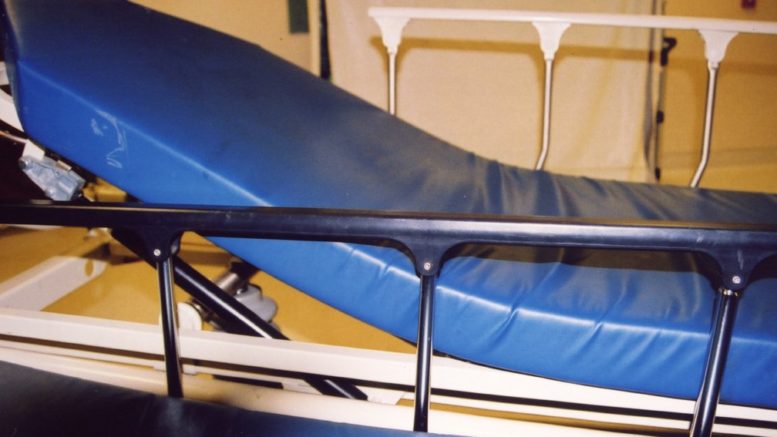Microbial contamination of the near-patient environment is an acknowledged reservoir for nosocomial pathogens. The hospital bed and specifically bed rails have been shown to be frequently and heavily contaminated in observational and interventional studies. Whereas the complexity of bed rail design has evolved over the years, the microbial contamination of these surfaces has been incompletely evaluated. In many published studies, key design variables are not described, compromising the extrapolation of results to other settings.
This report by Boyle, et al. (2019) reviews the evolving structure of hospital beds and bed rails, the possible impact of different design elements on microbial contamination and their role in pathogen transmission. The researchers say their findings support the need for clearly defined standardized assessment protocols to accurately assess bed rail and similar patient zone surface levels of contamination, as part of environmental hygiene investigations.
As Boyle, et al. (2019) report, "Observational studies show that bed rails in critical care are sites of frequent hand-touch contact by healthcare workers, with one study observing that nurses touch bed rails more than 13 times hourly. Frequent contact with these high-touch sites often results in soiling with microbial pathogens which have the capacity to survive for long periods until adequately decontaminated by cleaning. Routine cleaning of these surfaces is often inadequate, and microbial populations tend to rebound quickly to previous levels even when decontaminated thoroughly. Although many studies that include bed rails take place in critical-care units, few have implicated bed rails in pathogen transmission with resultant patient infections. This is likely to be a result of the paucity of studies undertaking sufficient analysis to conclusively determine such a transmission event, rather than this outcome rarely occurring. Investigations by Dancer et al. recovered MRSA from the bed rail of a critical care patient not known to be colonized with MRSA. They used spa typing and whole-genome sequencing to identify transmission pathways of S. aureus in a 10-bedded Scottish critical care unit under non-outbreak conditions. This included environmental sampling (including bed rails), sampling of healthcare worker hands, and screening of patients. Single nucleotide polymorphisms (SNPs) and number of days between isolate recoveries were used to determine isolate relatedness. Thirty-four transmission pathways of S. aureus were identified, and bed rails were implicated in five of these."
Reference: Boyle MA, Kearney A, Carling P and Humphrey H. ‘Off the rails’: hospital bed rail design, contamination, and the evaluation of their microbial ecology. J Hosp Infect. Vol. 103, No. 1, Pages e16-e22. September 2019.

Be the first to comment on "Hospital Bed Rail Design and Contamination of the Near-Patient Environment"